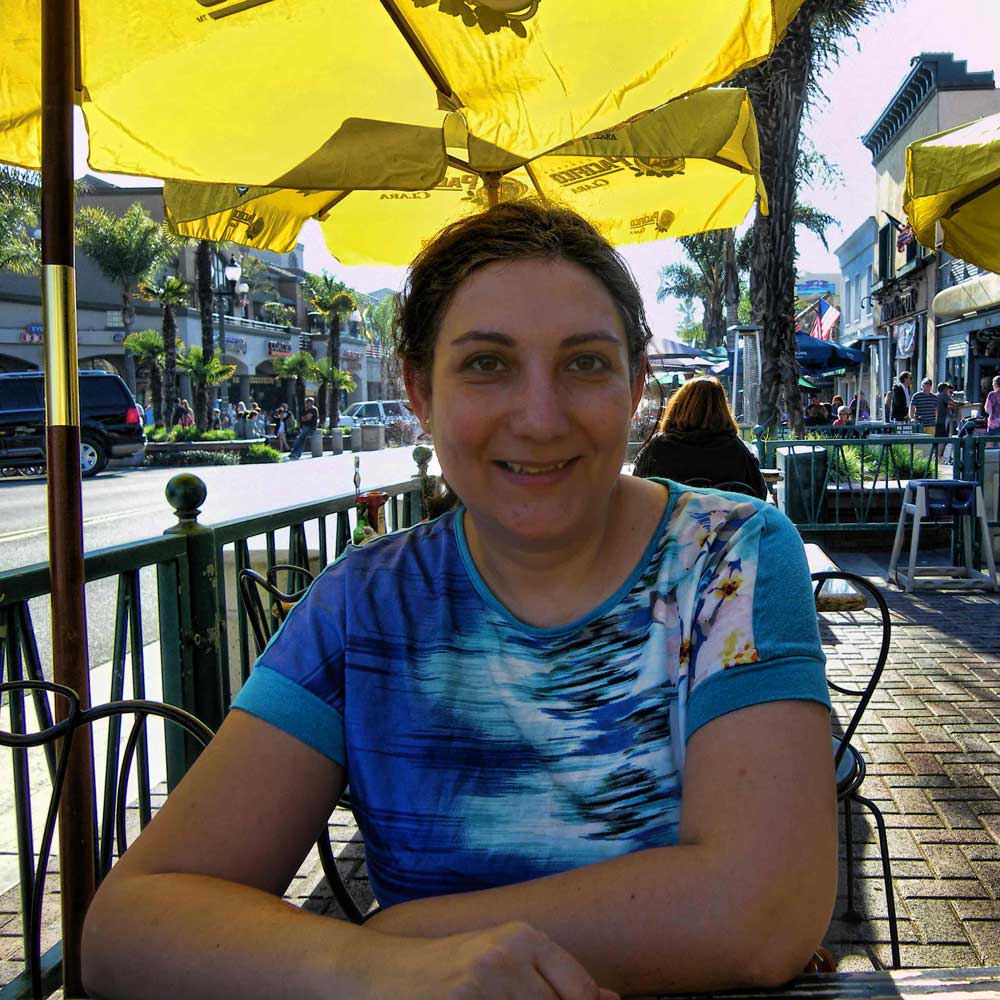
I am a research scientist at Pittsburgh Supercomputing Center (PSC), Carnegie Mellon University. My research focuses on using numerical and analytical techniques to understand chemical, physical, and biological phenomena. Currently I use MCell modeling approach (http://www.mcell.org) to model amphibian and mammalian synapses. We study the structure and function relationship in these systems to better understanding of neuromuscular diseases. contact
Research Scientist (May 2015-present)
Pittsburgh Supercomputing Center (PSC), Carnegie Mellon University,
Pittsburgh, PA, USA
Postdoctoral fellow (2010-2015)
Chemistry Department, Working group of Professor Rob D. Coalson,
University of Pittsburgh, Pittsburgh, PA, USA
Postdoctoral fellow (2007-2010)
Physics Department, Working group of Professor Normand Mousseau,
Montreal University, Montreal, QC, Canada
Postdoctoral fellow (2004-2006)
Chemistry Department, Working group of (retired) professor Byung Chan Eu,
McGill University, Montreal, QC, Canada
Ph.D. (2001-2003)
Physical Chemistry Institute, Working group of professor Ulrich K. Deiters,
Cologne University, Cologne, Germany
Title of thesis: Calculation of Phase Equilibria of Quantum Fluids at High Pressure.
Computational and theoretical studies of ion channels based on all-atom simulation and continuum
methods (Poisson–Nernst–Planck electrodiffusion theory) to compute ion permeation through biological
channels.
Molecular modeling and protein structure prediction.
Biophysical and thermodynamic properties of proteins.
Computational studies of protein aggregation mechanisms using different molecular dynamics methods such as replica exchange and Hamiltonian exchange MD with coarse-grained force fields.
Monte Carlo and Gibbs ensemble Monte Carlo simulations.
Three-dimensional computations of the Voronoi tessellation.
Calculation of self-diffusion coefficient, sheer viscosity and thermal conductivity of fluids using statistical
mechanics theories.
Developing a new theory for computing the effective diameter of molecules which can be used to
compute free volume of a system within the Generic van der Waals theory.